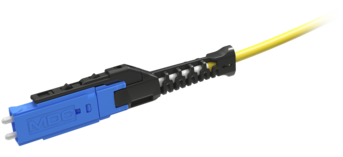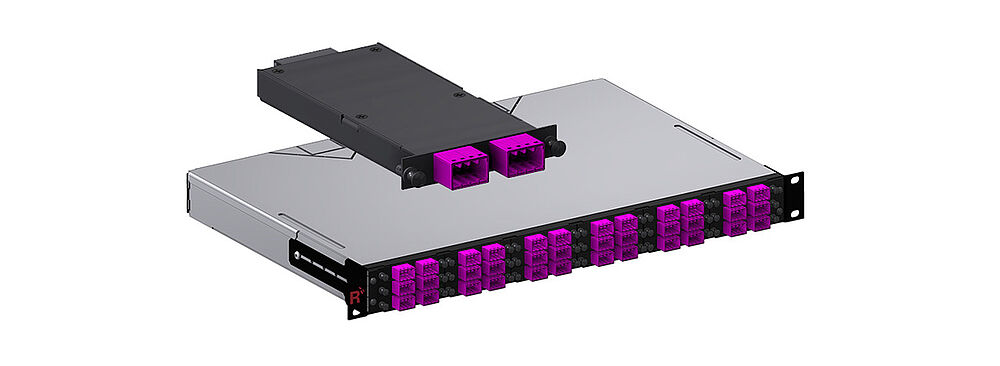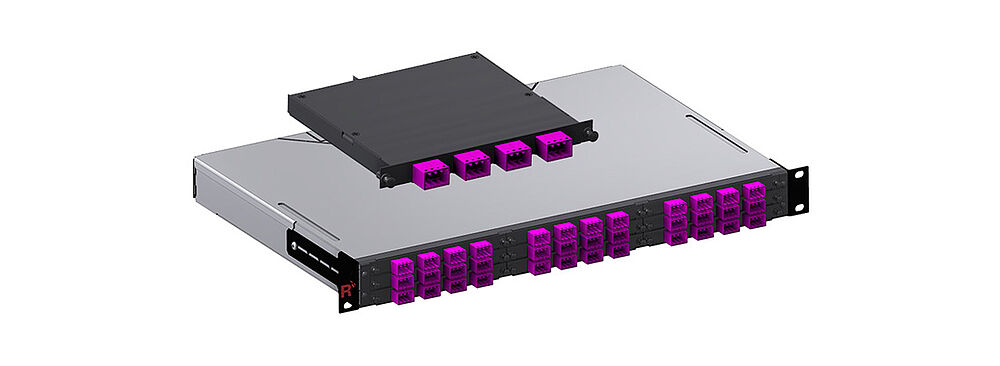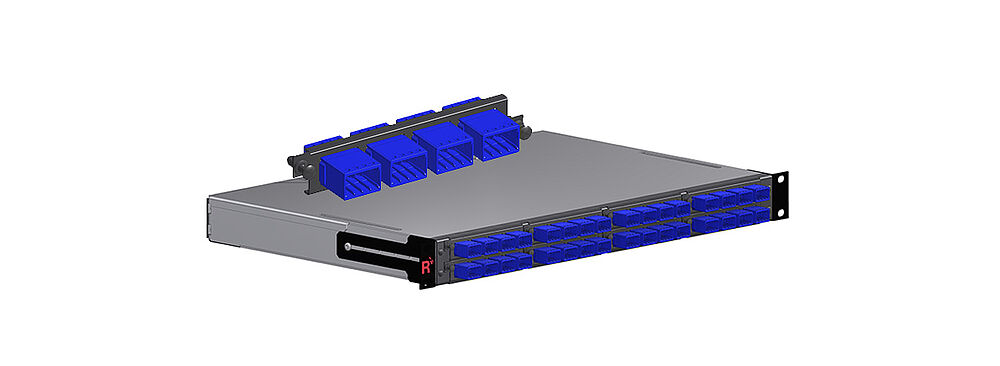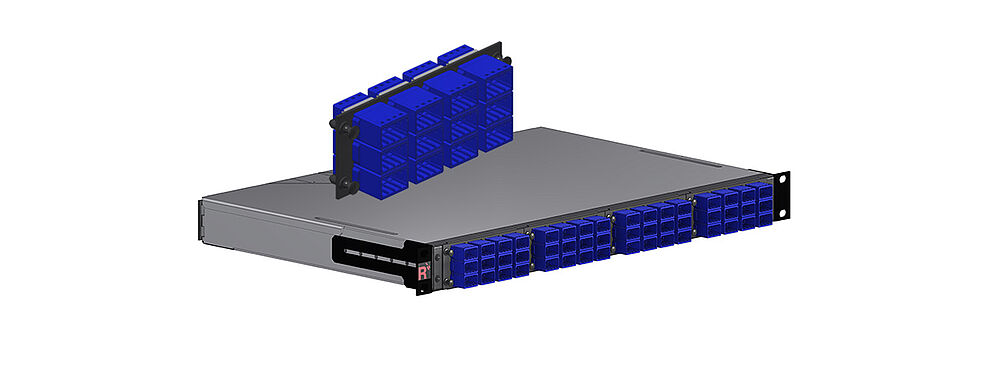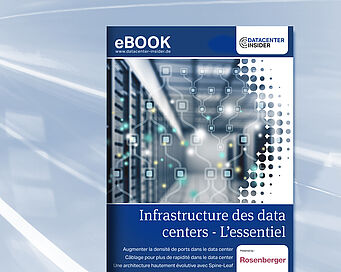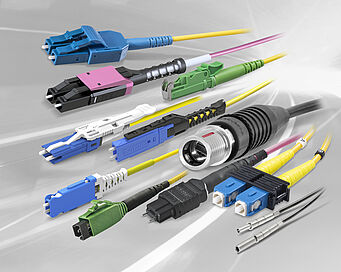Optimal space utilization for improved cost efficiency
The demands on the performance and expandability of data center infrastructures are constantly increasing. At the same time, costs are also playing an immense role. After all, analogous to the real estate market, every square meter within a data center is also precious. Space is the most valuable, scarce resource and IT floor space is in short supply in data centers. Optimal use of space through innovative cabling strategies therefore makes a significant contribution to improving the total cost of ownership (TCO) of data centers. This is one of the reasons why every data center operator strives to accommodate as much performance as possible on as little floor space as possible, to be structurally flexible and to use space-saving solutions.
But what means do exist to save space in the physical data center infrastructure? What are the specific optimization possibilities in the rack through the use of high-density concepts and miniature connectors? How can the choice of the cabling rack itself affect the port density per data center space?


